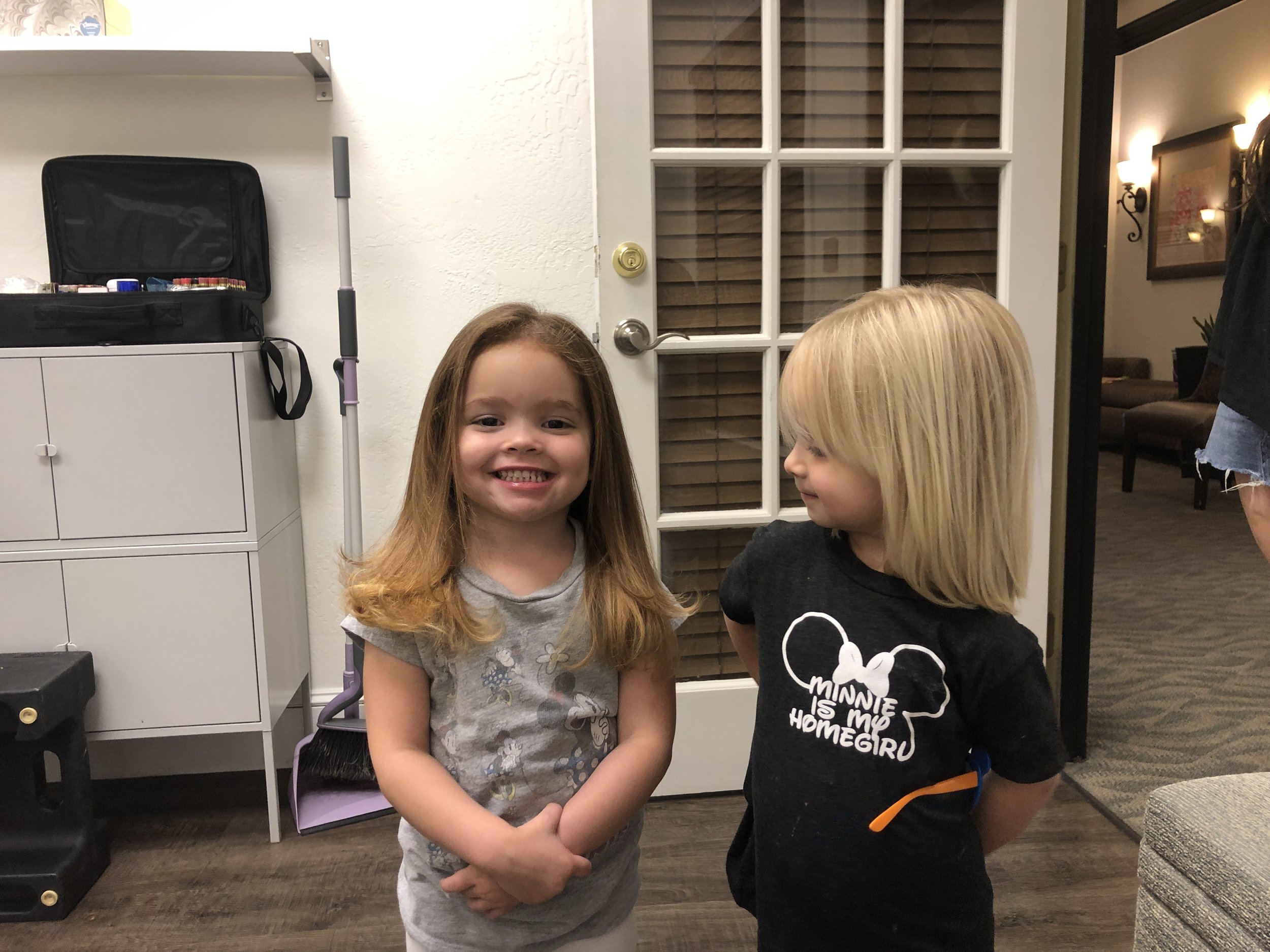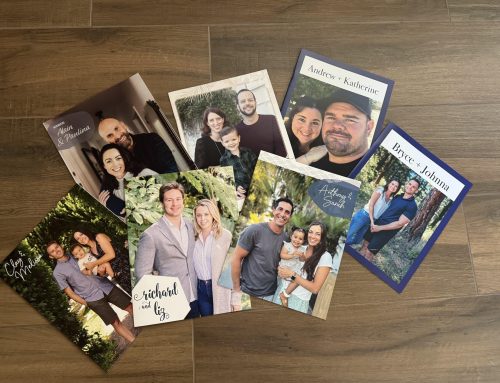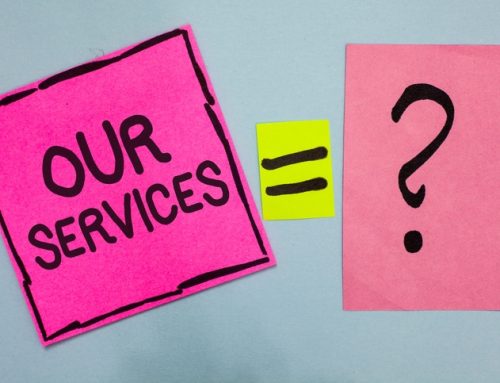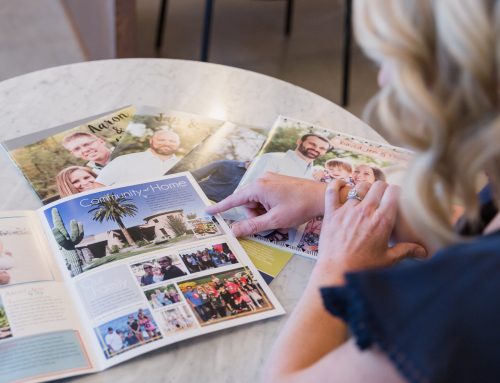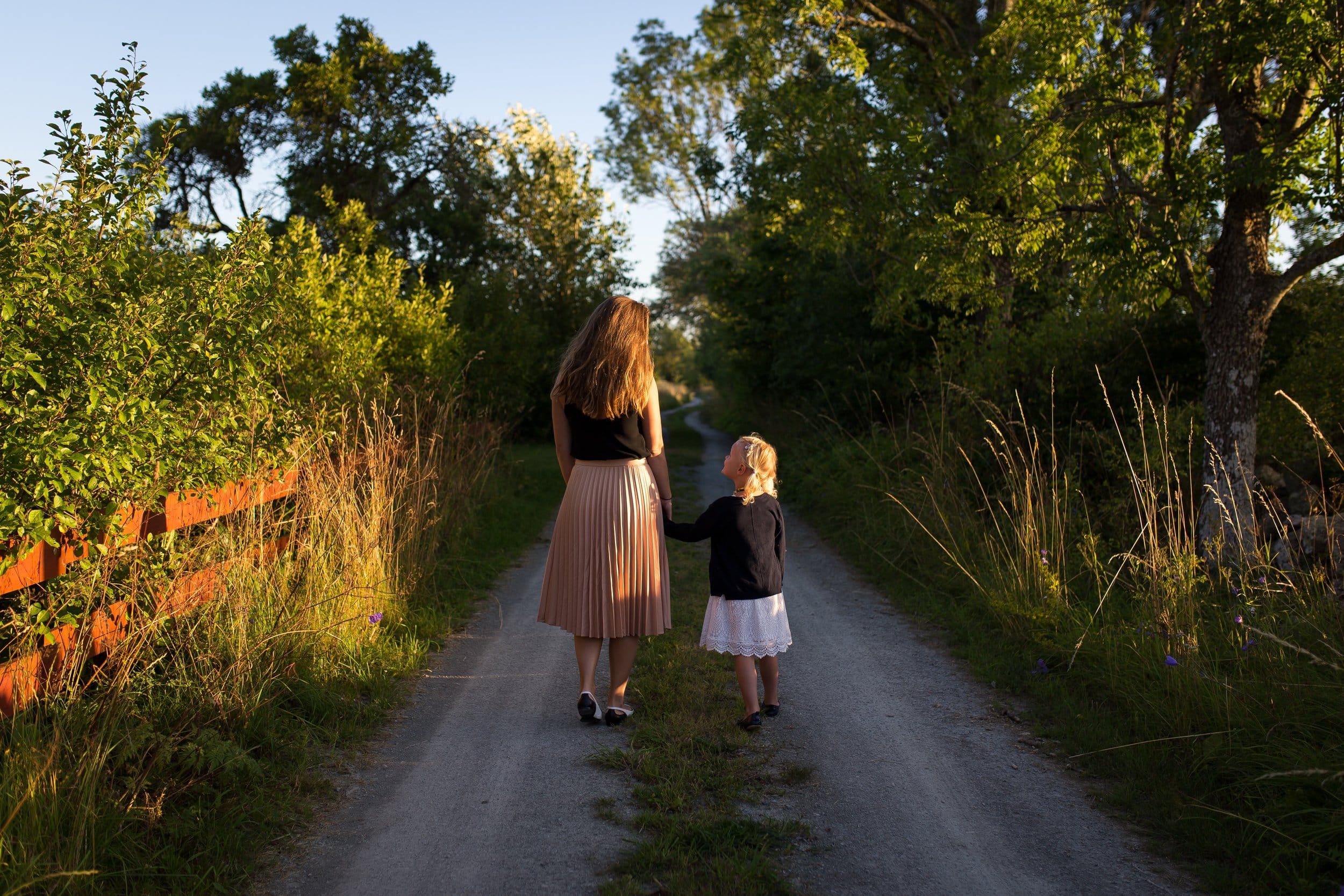
When my husband Ray and I started the adoption process, the thing we were scared about most was “open adoption”. We learned quickly that most domestic adoptions were “open”, but that had many different meanings. We pictured open adoption as a co-parenting situation, and had fears that our child wouldn’t bond with us or feel like we were her “real parents” if we had an open adoption with our child’s birth family (and yes I cringe too that I even wrote “real parent” in my blog as something I thought and possibly even said out loud)! Luckily we learned a lot over the course of our adoption journey.
Before 1990, it was commonplace for adoptions to be completely closed; adoptees would often have little to no information about their birth family. Nowadays, most domestic adoptions are open adoptions. Generally, open adoption refers to any relationship between the adoptive family and the child’s birth parents where there is identifiable information shared between the parties along with some contact. Most open adoptions consist of regular letters and updates between the parties, but they can also include regular contact before or after the adoption, including phone calls, emails and visits. In a domestic adoption, the expectant mother (and father, where he’s involved) typically chooses what type of contact is preferred, and usually this is agreed to by the adoptive parents—either in a post-adoption contact agreement, or some other verbal or written agreement. But no two open adoptions are the same.
Once I truly understood how much better an open adoption could be for my child’s adjustment, my position on open adoption changed completely. But as adoptive parents, we don’t always get to choose what type of adoption we ultimately end up with. Yes, we often get to choose which adoption opportunities we present our family profile to. We might present to adoption situations that seem to describe the amount of openness we want in an adoption, but the openness levels change considerably over time and they aren’t exactly how they are envisioned by the expectant family before the child is born and consents to the adoption are signed. Sometimes adoptive families who really wanted an open adoption with the birth family end up with a much more closed adoption than they expected, in part because of how difficult open adoption can be for a birth family, particularly soon after placement or around certain holidays (the child’s birthday, Mother’s Day and other family-focused holidays).
Openness in an adoption often changes over time; it ebbs and flows and is rarely consistent. Sometimes you might communicate with your child’s birth family often, and sometimes there might be long stretches of time without communication. Oftentimes adoptions are more closed at the beginning of the child’s life, while the birth family is dealing with the adjustment and pain associated with their adoption plan. And sometimes the adoption opens up more as the child gets older, particularly in the teen years when a child has more questions about their background and identity.
My advice to families starting the adoption process: learn as much as you can about open adoption and learn from all parties, particularly views from adoptees and birth families. Consider reading books on the subject, including the great book, The Open Hearted Way to Open Adoption, by Lori Holden and Crystal Hass. Books like these discuss putting the adopted child at the center and as the focus, and helping that child to grow up as whole as possible. This book, and others like it, can educate and help guide adoptive parents through uncomfortable situations that can arise in open adoption. We also recommend hopeful adoptive parents read books, blogs or listen to podcasts about adoption in general (try Adoption Now, Lifetime Healing, Adopt Well, or BraveLove), seeking input from all sides of the adoption triad, even if their opinions make you uncomfortable. Understanding all of the perspectives in adoption can help you be more prepared when it is your time to maneuver through an open adoption.

When my husband Ray and I started the adoption process, the thing we were scared about most was “open adoption”. We learned quickly that most domestic adoptions were “open”, but that had many different meanings. We pictured open adoption as a co-parenting situation, and had fears that our child wouldn’t bond with us or feel like we were her “real parents” if we had an open adoption with our child’s birth family (and yes I cringe too that I even wrote “real parent” in my blog as something I thought and possibly even said out loud)! Luckily we learned a lot over the course of our adoption journey.
Before 1990, it was commonplace for adoptions to be completely closed; adoptees would often have little to no information about their birth family. Nowadays, most domestic adoptions are open adoptions. Generally, open adoption refers to any relationship between the adoptive family and the child’s birth parents where there is identifiable information shared between the parties along with some contact. Most open adoptions consist of regular letters and updates between the parties, but they can also include regular contact before or after the adoption, including phone calls, emails and visits. In a domestic adoption, the expectant mother (and father, where he’s involved) typically chooses what type of contact is preferred, and usually this is agreed to by the adoptive parents—either in a post-adoption contact agreement, or some other verbal or written agreement. But no two open adoptions are the same.
Once I truly understood how much better an open adoption could be for my child’s adjustment, my position on open adoption changed completely. But as adoptive parents, we don’t always get to choose what type of adoption we ultimately end up with. Yes, we often get to choose which adoption opportunities we present our family profile to. We might present to adoption situations that seem to describe the amount of openness we want in an adoption, but the openness levels change considerably over time and they aren’t exactly how they are envisioned by the expectant family before the child is born and consents to the adoption are signed. Sometimes adoptive families who really wanted an open adoption with the birth family end up with a much more closed adoption than they expected, in part because of how difficult open adoption can be for a birth family, particularly soon after placement or around certain holidays (the child’s birthday, Mother’s Day and other family-focused holidays).
Openness in an adoption often changes over time; it ebbs and flows and is rarely consistent. Sometimes you might communicate with your child’s birth family often, and sometimes there might be long stretches of time without communication. Oftentimes adoptions are more closed at the beginning of the child’s life, while the birth family is dealing with the adjustment and pain associated with their adoption plan. And sometimes the adoption opens up more as the child gets older, particularly in the teen years when a child has more questions about their background and identity.
My advice to families starting the adoption process: learn as much as you can about open adoption and learn from all parties, particularly views from adoptees and birth families. Consider reading books on the subject, including the great book, The Open Hearted Way to Open Adoption, by Lori Holden and Crystal Hass. Books like these discuss putting the adopted child at the center and as the focus, and helping that child to grow up as whole as possible. This book, and others like it, can educate and help guide adoptive parents through uncomfortable situations that can arise in open adoption. We also recommend hopeful adoptive parents read books, blogs or listen to podcasts about adoption in general (try Adoption Now, Lifetime Healing, Adopt Well, or BraveLove), seeking input from all sides of the adoption triad, even if their opinions make you uncomfortable. Understanding all of the perspectives in adoption can help you be more prepared when it is your time to maneuver through an open adoption.

